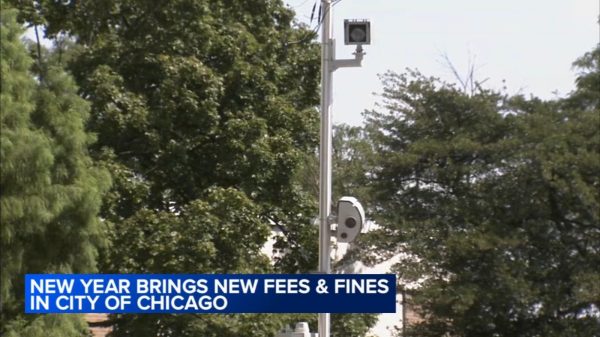
By Katia Hetter and Stephen Mays | CNN
It’s almost time for clocks to “fall back” one hour and gain one hour of sleep.
On the first Sunday of November, at 2 a.m., clocks fall back an hour to standard time. On the second Sunday of March, at 2 a.m., clocks in most of the United States and many other countries move forward one hour and stay there for nearly eight months in what is called Daylight Saving Time.
The current March to November system that the US follows began in 2007, but the concept of “saving daylight” is much older. Daylight Saving Time has its roots in train schedules, but it was put into practice in Europe and the United States to save fuel and power during World War I, according to the US Department of Transportation’s Bureau of Transportation Statistics.
RELATED: The year Daylight Saving Time went too far
Pro tip: It’s Daylight Saving Time, with singular use of “saving,” not “savings.”
Reasons for Daylight Saving Time
The US kept Daylight Saving Time permanent during most of World War II. The idea was put in place to conserve fuel and keep things standard. As the war came to a close in 1945, Gallup asked respondents how we should tell time. Only 17% wanted to keep what was then called “war time” all year.
During the energy crisis of the 1970s, we tried permanent Daylight Saving Time again in the winter of 1973-1974. The idea again was to conserve fuel. It was a popular move at the time when President Richard Nixon signed the law in January 1974. But by the end of the month, Florida’s governor had called for the law’s repeal after eight schoolchildren were hit by cars in the dark. Schools across the country delayed start times until the sun came up.
By summer, public approval had plummeted, and in early October Congress voted to switch back to standard time.
In the US, states are not required by law to “fall back” or “spring forward.” Hawaii, most of Arizona and some territories in the Pacific and Caribbean do not observe Daylight Saving Time. The twice-yearly switcheroo is irritating enough to lawmakers of all political stripes that the US Senate passed legislation in March 2022 to make Daylight Saving Time permanent. The bill passed by unanimous consent.
House lawmakers failed to vote on the bill in 2022. On March 2, 2023, a dozen senators forming a bipartisan group reintroduced the legislation that would end clock switching in favor of permanent Daylight Saving Time. Companion legislation to the Sunshine Protection Act was introduced by Rep. Vern Buchanan, a Republican from Florida, in the House.

















































